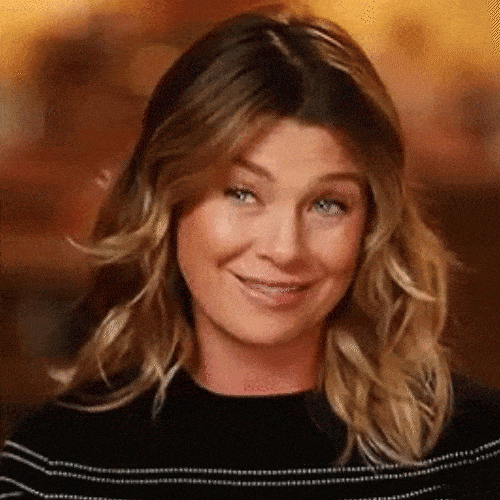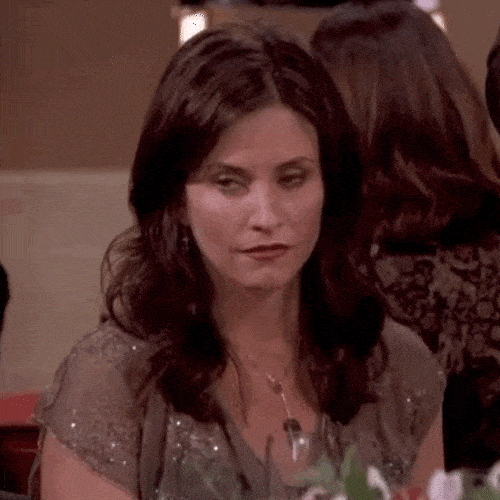Nonverbal communication | How to read facial expressions in English


When engaging in conversation, people often rely on nonverbal cues to convey their emotions and intentions. One of the key elements of nonverbal communication is facial expressions.
In this article, we'll explore the words and phrases commonly used to describe different facial expressions in English, to understand the unspoken messages behind them.
Ever noticed someone raising both eyebrows while tilting their head back? That's called an eyebrow flash in English. It's a way of signaling that you want someone's attention. For instance, you might say, "Lisa keeps flashing her eyebrows at me; I think she's trying to get my attention."

If someone raises just one eyebrow, it can be a sign of disbelief. You can use phrases like, "Why's your eyebrow cocked?" or "Mary cocked her eyebrow in disbelief" to describe this expression. In this context, "cocked" means tilted.
When someone partially closes their eyes while looking at something, it's called squinting. It's often done to improve focus or clarity. For example, if you notice a friend squinting while looking at a menu, you can ask, "I noticed you're squinting. Did you leave your reading glasses at home?"
A wrinkle refers to a slight line or fold in the skin, while a frown is when someone turns the sides of their mouth down in an upside-down U-shape. Wrinkling the face while frowning often indicates dissatisfaction or sadness.
You might ask, "Why are you frowning? Is something wrong?" or warn, "If you keep frowning like that, your face will be permanently wrinkled."
Frowning can also express disapproval or displeasure. It's important to note that lateness, for instance, is frowned upon in professional settings. Sometimes, people wrinkle their eyebrows to signal disapproval or concentration, which creates a "furrow" — a deep fold or wrinkle in the brow area.

When describing mean or disapproving looks, we use terms like "the evil eye," "scowl," or "pout." For instance, you might say, "I took my daughter's teddy bear away, and now she keeps giving me the evil eye. She's been scowling at me ever since I took away Mr. Cuddles."
Pouting, on the other hand, refers to pushing one's lips forward as an expression of annoyance or sadness. It can also be used to enhance attractiveness in certain contexts.

"Puckering up" refers to making a "kissy face" or a face that mimics blowing a kiss. It's often associated with romantic gestures. For example, when talking to someone you're involved with romantically, you might say, "Pucker up, baby," before giving them a big kiss.
Cringing reflects a sense of embarrassment or shame, often in response to someone else's actions. For instance, you might say, "She cringed at the sight of her dad dancing." To cringe is to recoil or shrink back in distaste or embarrassment.
Conversely, wincing involves making a slight reflexive grimace or shrinking movement of the body, typically in response to pain or distress. For instance, you might wince when thinking about eye operations or witnessing someone else experience pain.

Winks can carry various meanings depending on the context. In American culture, they can suggest mischief, convey a joke, imply secrecy, or serve as a friendly greeting. However, it's important to use winks carefully, as they can also be unsettling depending on the situation and the individuals involved.
On the other hand, eye-rolling typically indicates annoyance, frustration, disbelief, or disapproval. It's a nonverbal way of expressing disagreement or lack of respect for someone's words or actions. Americans commonly roll their eyes to show annoyance or to convey their disagreement.

Giving someone the side-eye involves casting a sidelong glance to express disapproval, contempt, or suspicion. It's often used when someone finds someone else's behavior questionable.
Additionally, rapid blinking can indicate discomfort, pressure, or even dishonesty, while slow blinking might imply boredom or a sense of superiority.
While verbal communication plays a crucial role in expressing our thoughts, our facial expressions can convey powerful messages, too. So, the next time you speak to someone, try using these phrases to describe their expressions in your mind.
It's a great technique to improve your English fluency while sharpening your ability to read and interpret nonverbal cues. Keep an eye out for the subtle cues and unspoken messages, and you'll discover a whole new level of understanding in your interactions.
We are committed to equity,
diversity, and inclusion.
We welcome students,
educators, users, researchers,
and employees from a diverse
set of backgrounds.
Our own backgrounds vary in
terms of socioeconomic status,
religion, race, ethnicity,
gender
identity, sexual orientation,
age, neurodiversity,
disability,
and nationality.
In short: Be you. Do you.
We love and embrace
what makes you you. ![]()
Thank you for inviting us to assess
your web copy!
One of our copy analysts will take
a close look at your website and
get back to you right away.
We appreciate your trust. ![]()